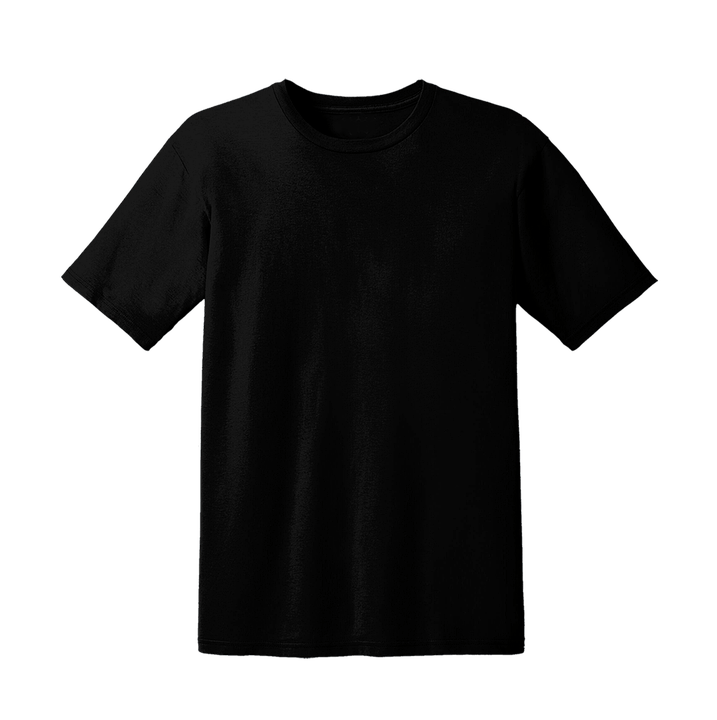Revolutionizing Textile Printing: The Rise of DTF Powder
The textile printing industry has long been at the forefront of innovation, continually evolving to meet the demands of fashion designers, decorators, and manufacturers. From silkscreen printing to digital direct-to-garment (DTG) printing, each advancement has brought with it new opportunities and capabilities. However, a new player in the game, Direct-to-Film (DTF) printing, fueled by the advent of DTF powder, is poised to revolutionize textile printing yet again.
What is DTF Printing?
Direct-to-Film (DTF) printing is a cutting-edge technique that allows for the transfer of prints onto fabrics and other materials by applying a special adhesive powder and then heat pressing. Unlike traditional methods, which often require multiple steps and significant labor, DTF streamlines the process, offering sharp, vibrant, and highly durable prints.
Understanding DTF Powder
The magic of DTF printing largely lies in the DTF powder. This fine, granulated adhesive is applied to a printed film and acts as a bond between the ink and the fabric. When heat is applied, the powder melts and adheres the design securely onto the textile. The result? Durable prints that can withstand multiple washes and maintain their vibrancy over time.
Benefits of DTF Powder in Textile Printing
1. Versatility
One of the most significant advantages of DTF powder is its versatility. It allows for printing on a wide range of fabrics, from cotton and polyester to blends and even non-traditional materials like leather. This opens up a plethora of creative opportunities for designers and manufacturers.
2. Durability and Quality
DTF prints exhibit remarkable durability. The DTF powder ensures that the printed design remains robust even after extensive washing and wear. Moreover, the colors are vibrant and the resolution is sharp, which is essential for detailed and intricate designs.
3. Cost-Efficiency
Traditional printing methods often involve multiple steps, expensive equipment, and significant labor. DTF printing, with the help of DTF powder, simplifies the process, reducing costs and wastage. The efficiency of this method makes it particularly attractive for both small-scale operations and large manufacturing units.
4. Eco-Friendly
Environmental consciousness is becoming increasingly crucial in today’s manufacturing landscape. DTF printing is more eco-friendly compared to some conventional methods, as it generates less waste and consumes fewer resources. The adhesive powder used is generally non-toxic and safe, contributing to sustainable production practices.
The Process of DTF Printing with DTF Powder
The DTF printing process is relatively straightforward but involves several key steps to ensure optimal results:
-
Design Preparation: Create or select a digital design, which can be intricate or simple, depending on requirements.
-
Printing: Print the design onto a special DTF transfer film using a DTF printer and compatible inks.
-
Application of DTF Powder: Immediately after printing, while the ink is still wet, apply the DTF adhesive powder evenly across the print.
-
Curing: Shake off the excess powder and cure the film using a heat press or curing oven to activate the adhesive properties of the powder.
-
Transfer: Place the cured film onto the fabric and apply heat using a heat press machine. The heat activates the powder, bonding the ink to the fabric.
- Peeling: Once cooled, peel off the film, leaving behind the vibrant, durable design adhered to the fabric.
Future Implications and Innovations
The rise of DTF powder and its integration into textile printing herald exciting possibilities for the future. Innovations are continually being made to improve the quality and efficiency of DTF printing. Advanced powders with faster curing times, improved adhesive properties, and even more eco-friendly compositions are on the horizon.
Moreover, as DTF printing becomes more accessible, it is likely to see widespread adoption across various sectors beyond fashion, including home décor, promotional merchandise, and even personalized gifts. The ability to efficiently produce small, customized batches will cater to the growing demand for personalized and unique products.
Conclusion
The advent of DTF powder signifies a pivotal moment in the world of textile printing. By offering unparalleled versatility, durability, cost-efficiency, and sustainability, DTF printing holds the potential to redefine industry standards and practices. As technology continues to advance, the impact of DTF powder will only become more profound, affirming its role as a game-changer in textile innovation.



